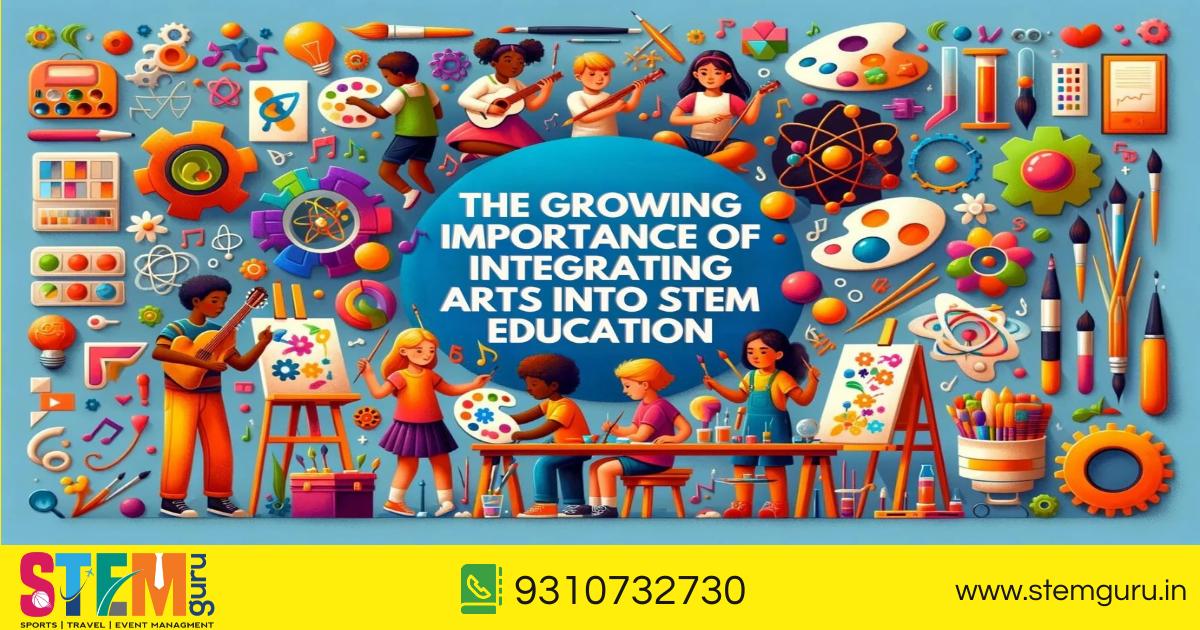Integrating Arts into STEM for Holistic Development
Education has long relied on STEM—Science, Technology, Engineering, and Mathematics—as its foundation for academic success. But in our ever-changing world, a more holistic approach is becoming crucial. This is where integrating arts into STEM, known as STEAM (Science, Technology, Engineering, Arts, and Mathematics), comes into play. It’s an approach that’s gaining momentum for nurturing well-rounded individuals.
Why Arts Integration Matters
- Enhanced Creativity and Innovation: The arts stimulate imagination and encourage out-of-the-box thinking, both vital for problem-solving and innovation.
- Improved Critical Thinking: Engaging in arts-based activities sharpens analysis, interpretation, and evaluation skills, strengthening critical thinking.
- Better Communication and Collaboration: The arts teach teamwork, expression, and effective communication—skills that are essential in any field.
- Increased Student Engagement: Blending arts with STEM can make learning more dynamic and enjoyable, catering to diverse learning styles.
- Holistic Development: By merging logical and creative thinking, students gain a richer, more nuanced understanding of the world.
Practical Ways to Implement Arts Integration
- Project-Based Learning: Create interdisciplinary projects that merge STEM with arts. For example, students might design and construct a model city that blends architecture, visual arts, and engineering.
- Arts-Infused Curriculum: Incorporate art activities into STEM subjects. Students could visualize scientific data through art or write poems about mathematical patterns.
- Collaborative Learning: Encourage teamwork by having students collaborate on projects that combine arts and STEM.
- Real-World Connections: Show how STEM and arts intersect in real-world careers, such as architecture, game design, or industrial design.
Overcoming Challenges
Implementing arts integration can be challenging due to time constraints, resource limitations, and the need for teacher training. However, these hurdles can be addressed with careful planning. Schools can partner with arts organizations, offer professional development for teachers, and set aside dedicated time for integrating the arts.
Measuring Success
Evaluating the effectiveness of arts integration requires a comprehensive approach. Traditional assessments can be complemented by portfolios, presentations, and performance-based evaluations. Gathering feedback through student surveys and teacher input also provides valuable insights.
By embracing STEAM, schools can create a more engaging and effective learning environment. Let’s work together to foster a generation of creative, critical thinkers ready to excel in the 21st century.








